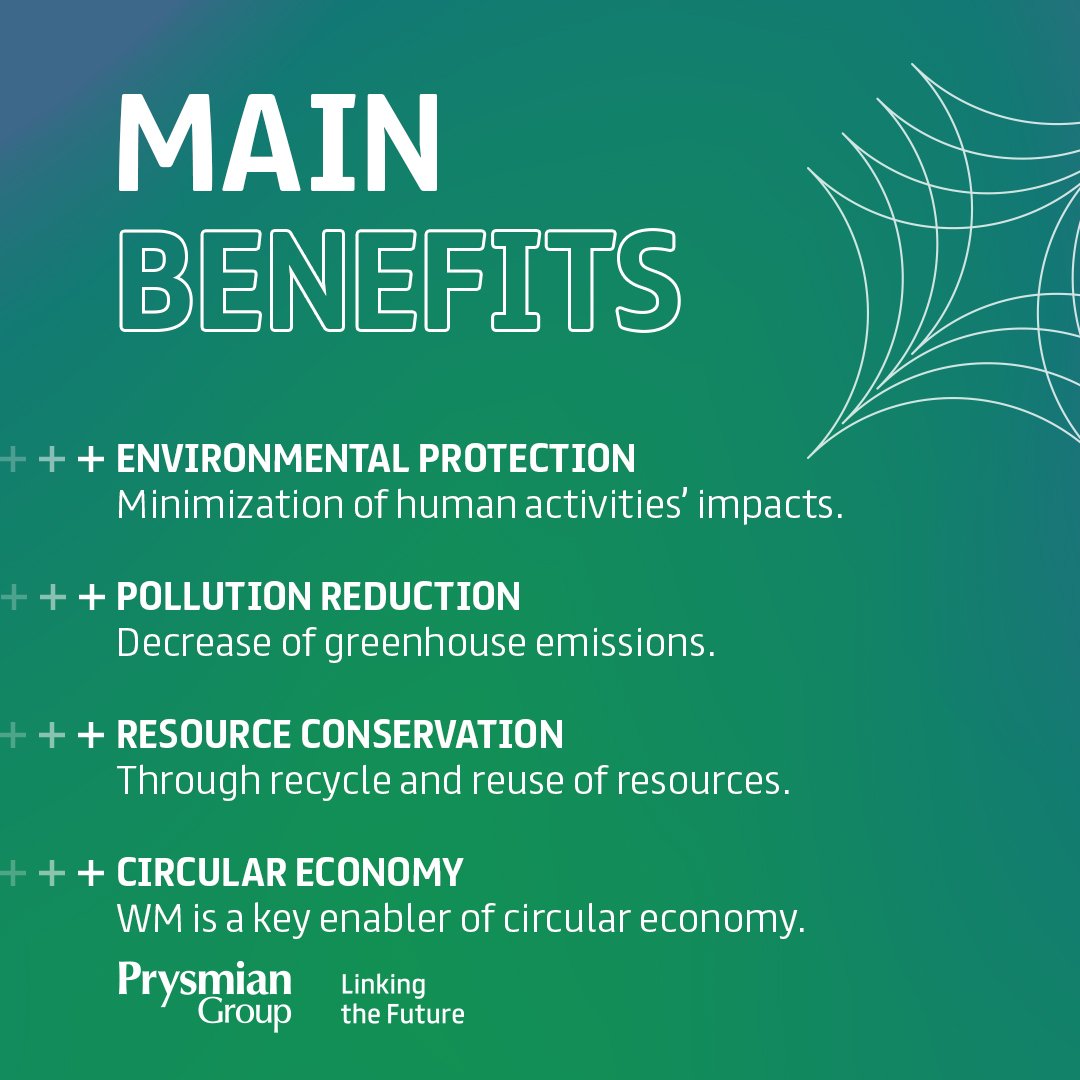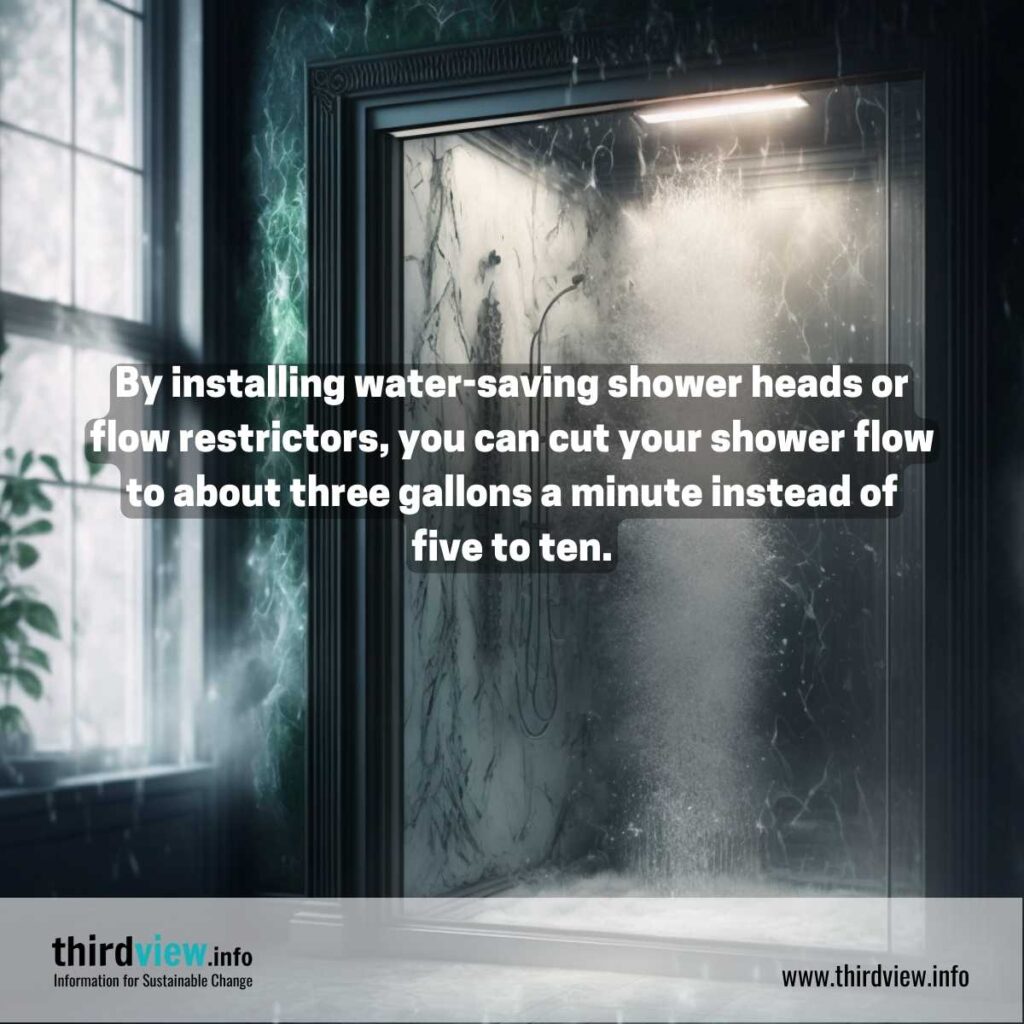Reclaim Waste Things To Know Before You Get This
Reclaim Waste Things To Know Before You Get This
Blog Article
The Definitive Guide for Reclaim Waste
Table of ContentsThe 7-Minute Rule for Reclaim WasteFascination About Reclaim WasteThings about Reclaim WasteSome Known Facts About Reclaim Waste.The 2-Minute Rule for Reclaim Waste
Residential sewage waste refers to the waste and products from a household septic tank. The appropriate management and disposal of domestic sewage waste call for liquid waste to be moved to a sewage therapy plant where the correct approaches and devices are used to cleanse and dispose of waste.
Business waste commonly consists of prospective dangers, such as combustible materials or a blend of fluid and strong waste products, and requires an advanced and in-depth disposal process. The disposal of industrial waste typically includes the purification of waste prior to transportation to make certain risk-free and appropriate disposal. Hazardous waste is developed from by-products and drainage of industrial processes and production.
This sort of waste can not use the same sewer management transportation or procedures as septic or commercial liquids. The commercial waste management procedure calls for the inspection and testing of liquid waste prior to it undertakes the disposal procedure (liquid waste removal melbourne). Overflow waste is the liquid waste that originates from drainage and excess stormwater in very booming areas or cities
Drainage waste can trigger contamination and flooding if not taken care of effectively. Making sure correct waste administration can prevent calamities and decrease environmental damage.
The 4-Minute Rule for Reclaim Waste
Get in touch with PROS Services today to discover our waste administration and disposal solutions and the proper means to take care of the fluid waste you produce.
(https://sitereport.netcraft.com/?url=https://reclaimwaste.com.au)Do you understand what happens to your water when you end, purge the commode or drain pipes the cleaning device? No? Well, it's worth understanding. This so-called 'wastewater' is not just a vital resource but, after therapy, will certainly be released to our land, rivers or the ocean. Used water from bathrooms, showers, bathrooms, kitchen sinks, laundries and industrial procedures is understood as wastewater.

water used to cool down machinery or tidy plant and tools). Stormwater, a form of wastewater, is runoff that streams from farming and metropolitan locations such as roofing systems, parks, yards, roads, courses and seamless gutters into stormwater drains pipes, after rain. Stormwater flows without treatment straight to local creeks or rivers, eventually reaching the sea.
5 Easy Facts About Reclaim Waste Shown
In Queensland, many wastewater is treated at sewage treatment plants. Wastewater is transported from residential or industrial websites through a system of sewage systems and pump terminals, understood as sewage reticulation, to a sewer treatment plant.
The Division of Natural Resources recommends directory neighborhood governments concerning handling, operating and preserving sewerage systems and therapy plants. In unsewered areas, city governments might need owners to set up private or household sewer treatment systems to deal with domestic wastewater from commodes, cooking areas, shower rooms and laundries. The Division of Natural Resources authorises making use of household systems when they are proven to be efficient.
Most stormwater receives no therapy. In some new class, treatment of some stormwater to get rid of litter, sand and gravel has actually begun utilizing gross toxin traps. Wastewater treatment occurs in 4 phases: Removes strong issue. Larger solids, such as plastics and other things wrongly discharged to sewage systems, are eliminated when wastewater is travelled through displays.
Wastewater after that moves into big containers where solids work out and are eliminated as sludge. Oil and residue are skimmed from the surface. Utilizes little living organisms understands as micro-organisms to damage down and remove remaining liquified wastes and great fragments. Micro-organisms and wastes are integrated in the sludge. Removes nitrogen and phosphorus nutrients that could create algal blossoms in our waterways and intimidate marine life.
Fascination About Reclaim Waste
Nutrient removal is not available at all sewage treatment plants since it requires costly specialized devices. Clear fluid effluent produced after therapy might still contain disease-causing micro-organisms - liquid waste removal.

This typically indicates wastewater has to be dealt with or pollutants eliminated before it can be discharged to rivers. A lot of wastewater flows into the sewage system. Under the Act, regional governments carry out authorizations and licences for environmentally relevant tasks (ERAs) entailing wastewater launches that could have a neighborhood influence. The department administers authorizations and permits to ERAs entailing wastewater launches that may have a local or statewide effect.
The 6-Second Trick For Reclaim Waste
Tracking provides factual details regarding water high quality and can confirm that licence problems are being fulfilled. The details obtained through monitoring provides the basis for making water top quality decisions.
Report this page